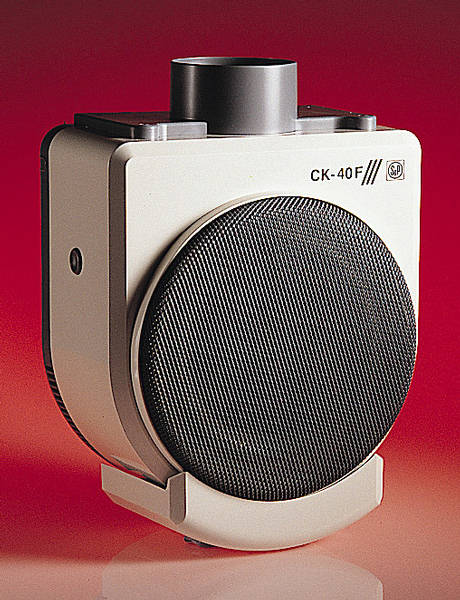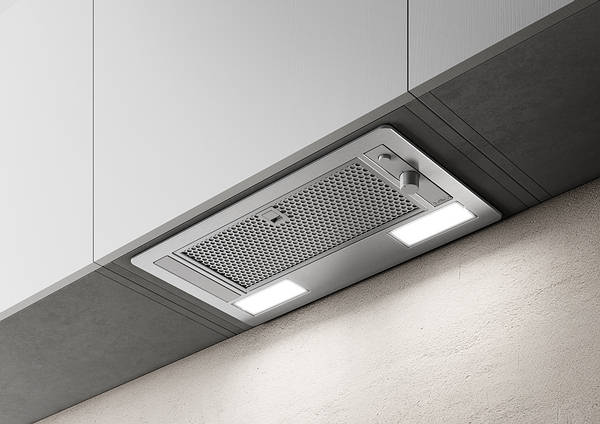Evening,
I opened a fireplace in my Victorian semi, raised the lintel and put in a cooker and hob.
Surprisingly I'm having trouble finding an extractor to fit into the hole.
Dims are about 230 x 500 mm.
The extractor ducting and electrics are in place.
Cheers.
I opened a fireplace in my Victorian semi, raised the lintel and put in a cooker and hob.
Surprisingly I'm having trouble finding an extractor to fit into the hole.
Dims are about 230 x 500 mm.
The extractor ducting and electrics are in place.
Cheers.





